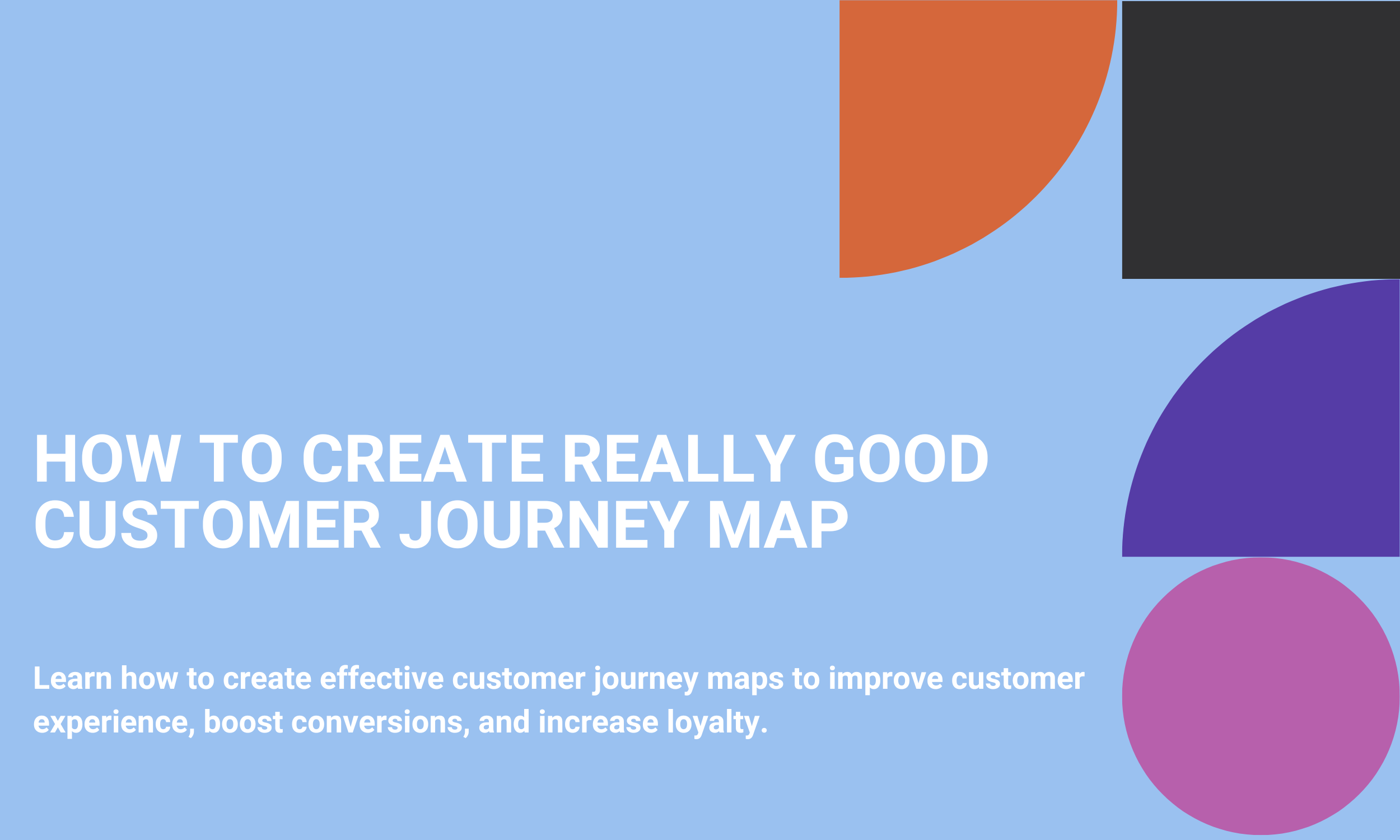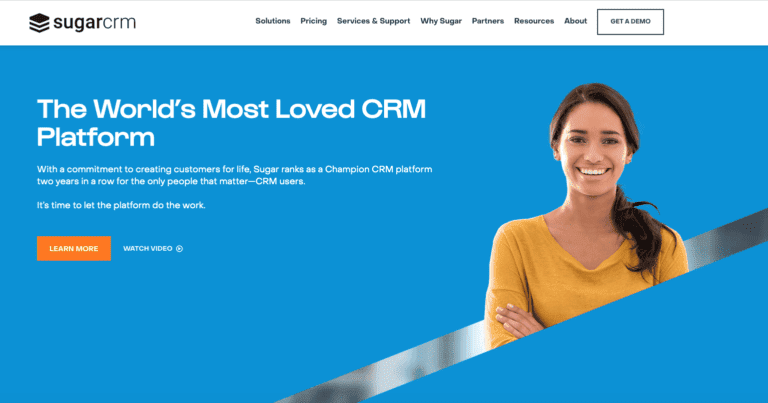Leveraging Customer Journey Mapping for Higher Conversions: Enhancing Your Omnichannel Strategy with Visual Mapping Techniques
Understanding your customers’ experiences across multiple channels is essential to driving higher conversions and fostering loyalty. Customer journey mapping is a powerful tool that enables businesses to visualize and analyze every interaction a customer has with their brand, identify pain points, and uncover opportunities for improvement. When integrated into an omnichannel strategy, it becomes a cornerstone for delivering seamless, personalized experiences that convert prospects into loyal customers.
What Is Customer Journey Mapping and Why It Matters
Customer journey mapping is a visual representation of the entire experience a customer has with your brand—from initial awareness through purchase and beyond. It captures all touchpoints, emotions, and behaviors, providing a holistic view of how customers interact with your business across channels such as websites, social media, email, in-store visits, and customer support 3 4.
This mapping process is crucial because today’s consumers expect smooth, personalized experiences regardless of the channel they use. A well-crafted journey map helps businesses:
- Identify pain points where customers face friction or drop off
- Anticipate customer behavior and tailor communications accordingly
- Synchronize efforts across departments to ensure consistent messaging and service
- Enhance customer satisfaction and retention by delivering relevant, timely content and support 2 3 7
Ultimately, a strong customer journey map reduces drop-offs and increases the likelihood that customers will complete their purchase, boosting conversion rates 1 2.

How Customer Journey Mapping Enhances Omnichannel Strategies
An omnichannel strategy integrates all customer touchpoints into a unified experience, allowing customers to move fluidly between channels without disruption. Customer journey mapping is the foundation of this approach because it reveals how customers actually navigate your brand’s ecosystem, highlighting gaps and opportunities for improvement 7 8.
By visually mapping the omnichannel journey, you can:
- Ensure consistency across channels so customers receive the same quality of experience whether online, in-store, or via mobile
- Personalize interactions based on customer preferences and behaviors at each touchpoint
- Optimize support channels by understanding where customers need help most and providing timely assistance
- Predict customer needs and next steps to proactively engage and reduce friction7 8
This leads to higher customer satisfaction, increased loyalty, and ultimately, more conversions.
Steps to Create a Conversion-Powered Customer Journey Map
Building an effective customer journey map that drives conversions involves a structured process:
1. Conduct Internal Investigation and Gather Data
Start by collecting existing data from across your organization—customer support logs, analytics, surveys, and feedback. Engage stakeholders from marketing, sales, product, and customer service to gather insights and align on goals 7.
2. Define Customer Personas and Goals
Identify key customer segments and their objectives at each stage of the journey. Understanding what customers want and expect helps tailor the map to reflect real behaviors and motivations 4.
3. Map Out Touchpoints and Customer Emotions
Visualize every interaction customers have with your brand, noting their thoughts, feelings, and potential pain points. Use tools like infographics, diagrams, or specialized software to create clear, actionable maps 4 5.
4. Identify Pain Points and Opportunities
Analyze the map to pinpoint where customers experience friction—such as complicated checkout processes, slow responses, or confusing navigation. Use customer feedback, complaints, and support tickets to validate these pain points 6.
5. Implement Solutions and Optimize
Develop targeted strategies to address pain points, such as simplifying checkout, adding upsells and cross-sells, or improving customer support. Continuously test and refine your journey map to enhance the experience and increase conversions 1 6.
Visual Mapping Techniques to Identify Pain Points and Opportunities
Visual tools are essential for making customer journey maps actionable. Here are some effective techniques:
- Current State Maps: Show how customers currently interact with your brand, highlighting existing pain points for incremental improvements 4.
- Future State Maps: Illustrate how you want customers to experience your brand, useful for planning new initiatives or product launches 4.
- Day in the Life Maps: Provide context by mapping customers’ daily routines and identifying moments where your brand can add value 4 5.
- Service Blueprints: Combine customer journey maps with internal processes to understand how your team supports the customer experience and where operational improvements are needed4.
Overlaying customer feedback data, such as Net Promoter Scores or complaint trends, directly onto these visual maps helps prioritize which pain points to tackle first6.
Best Practices for Leveraging Customer Journey Mapping to Boost Conversions
- Collaborate Across Departments: Journey mapping requires input and buy-in from multiple teams to ensure a unified approach and effective implementation7.
- Focus on Personalization: Use insights from the map to deliver tailored content, offers, and support that resonate with different customer segments 3 8.
- Simplify the Purchase Process: Streamline checkout and reduce friction points to minimize cart abandonment and increase sales 1 2.
- Use Data-Driven Insights: Continuously collect and analyze customer feedback and behavior data to refine your journey map and conversion strategies6.
- Integrate Omnichannel Touchpoints: Ensure your map reflects all channels customers use and that transitions between them are seamless78.
Conclusion
Customer journey mapping is a vital tool for any business looking to enhance its omnichannel strategy and drive higher conversions. By visually understanding your customers’ experiences, identifying pain points, and uncovering opportunities, you can create seamless, personalized journeys that delight customers and boost your bottom line. Implementing these mapping techniques and best practices will empower your teams to deliver consistent, engaging experiences that convert prospects into loyal advocates.
For businesses aiming to thrive in a complex, multi-channel world, customer journey mapping is not just an option—it’s a necessity.
Citations:
- https://thegood.com/insights/customer-journey-map/
- https://velocitymedia.agency/latest-news/how-to-create-really-good-customer-journey-map
- https://eminence.ch/en/customer-journey-map/
- https://www.abtasty.com/blog/digital-customer-journey-optimization/
- https://www.userinterviews.com/blog/best-customer-journey-map-templates-examples
- https://www.genroe.com/blog/using-customer-journey-mapping-to-fix-customer-pain-points/15340
- https://www.sprinklr.com/blog/omnichannel-customer-journey/
- https://qualaroo.com/blog/omnichannel-customer-experience-benefits-strategies-examples/
- https://penfriend.ai/blog/customer-journey-mapping-case-study
- https://mouseflow.com/blog/visualizing-the-customer-journey-how-to-create-a-journey-map/
- https://www.airship.com/resources/explainer/omnichannel-customer-journey-explained/
- https://contentsquare.com/guides/customer-journey-map/benefits/
- https://www.linkedin.com/pulse/boost-your-website-conversions-customer-journey-femi-olajiga-msc-qogwe
- https://pathmonk.com/customer-journey/







